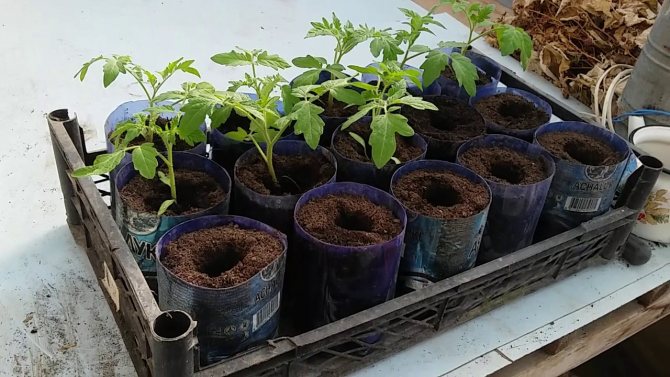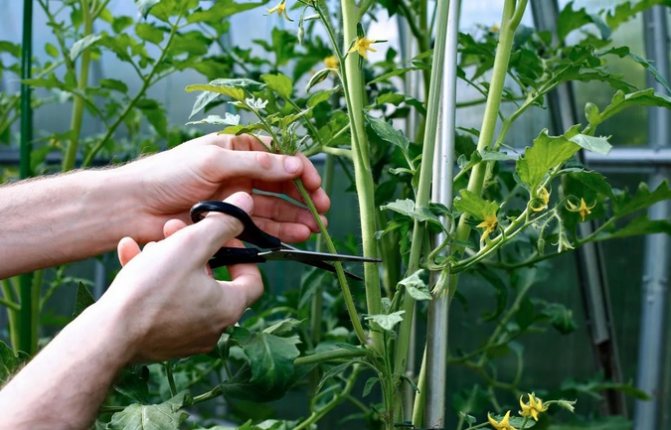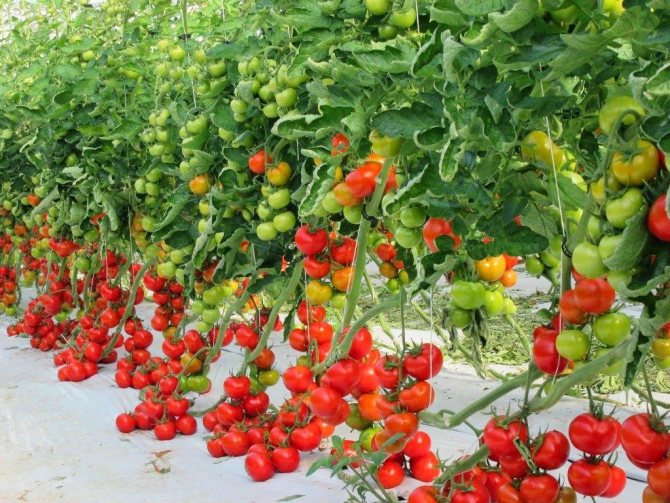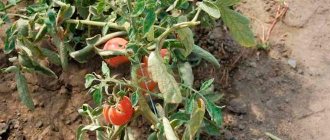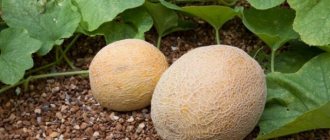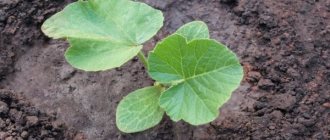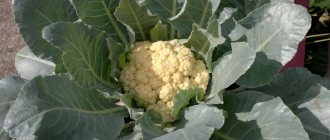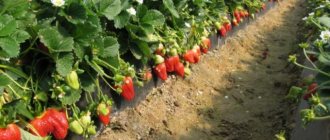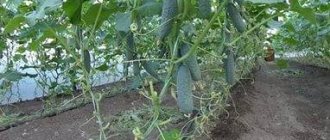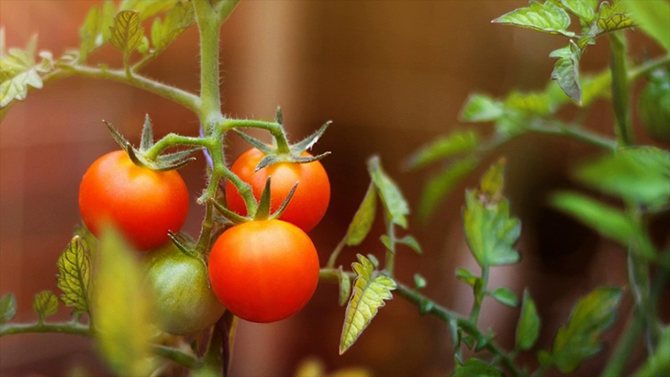
Optimal tomato varieties for growing outdoors are semi-determinant and determinant varieties. Such varieties are characterized by limited apical development. In addition, they practically do not need pinching. Tomatoes need good lighting and are thermophilic, but exposure to direct sunlight should be avoided as this can have an extremely negative effect on fruiting.
Growing a tomato with planting in open ground implies an early ripening period, otherwise the tomatoes will not have time to give a good harvest. Subject to planting technology and further proper care, you can plant mid-season varieties. The growing season for such tomatoes takes up to 110 days. You can grow both low-growing plants and medium and tall plants, the main thing is to take into account the features of further care. Read about the correct watering of tomatoes in the article
The optimal time for planting tomato seedlings is late May or early June. Planting tomatoes in open ground is not very difficult. For this purpose, you can purchase ready-made adult plants or plant tomato seeds for open ground, bought in a store or on the market.
Planting tomatoes
Before planting tomatoes in open ground, you need to choose the right site. To do this, it is necessary that it comply with the following standards: Tomatoes - lovers of sunny and sheltered areas from the wind. If there is a shadow on the selected bed, then your yield will significantly decrease. It is not recommended to grow the plant on heavy and clay soil. Then it will be constantly exposed to various diseases.
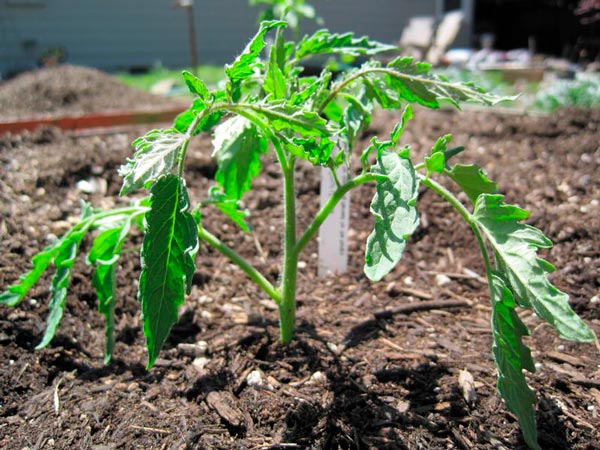

The best option would be a site located on a hill and with light soil. When growing tomatoes in open areas, crop rotation must be observed. This suggests that each time the crop must be planted in a new place. Tomatoes have many enemies, which eventually become concentrated in the ground. As a result, the tomatoes will be constantly sore.
Tomatoes are not particularly demanding on the nutritional value of the soil. If the soil is oversaturated with fertilizers, then the plant will begin to form lush leaves and shoots, which will negatively affect the fruits. Therefore, it is necessary to apply fertilizer according to the norm. For 1 m2 of territory, 1 bucket of chicken manure will be enough for you. Top dressing is carried out at the end of the season, then the fertilizer will have time to overheat before planting.
Growing tomatoes outdoors involves proper planting. Low-growing tomatoes for open ground are arranged in rows. The interval between plants is 30-35 cm. A distance of 40-45 cm should be left between the rows. If medium-sized varieties are available, then the distance increases by 10 cm.
It is better to plant tomato seedlings on open land in the evening after sunset. The day before planting, the seedlings need to be watered with warm water, the soil on the ridges is watered after the planting holes are created. Subject to the rules of soil preparation after planting, tomato seedlings will feel vigorous, will not wither and will not significantly stop their growth. In this case, for two weeks after planting, tomatoes in the open field do not need special care.They only need watering.
Ampel varieties
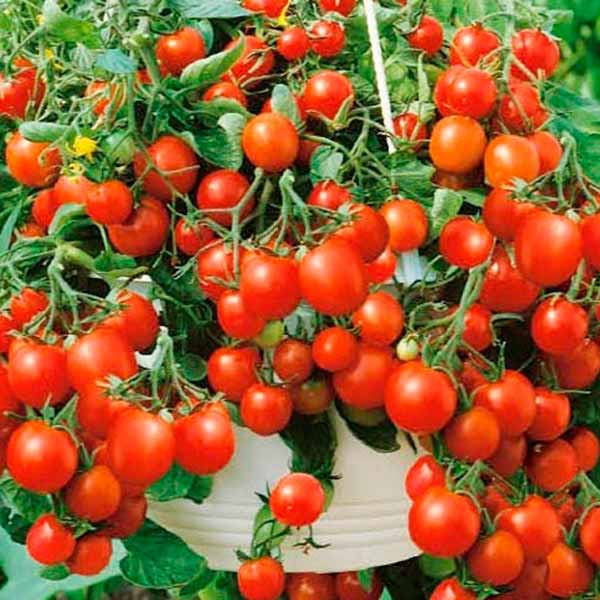

Bushes with hanging clusters of small fruits are very beautiful, especially in hanging flowerpots and will decorate the interior and balcony.
The most productive among the ampel varieties is Pinocchio. The length of the lashes is up to 30 cm, at the same time it ripens up to 1.5 kg of red, sized tomatoes weighing about 20 g.
Pygmy is another amazing variety that does not require much maintenance, with a guaranteed yield of up to 2 kg of red fruits weighing 25 g. The bush looks like a green ball covered with red peas.
Another ampelous variety is the dwarf form of the amazing Honey bunch. It differs in very large clusters of 20-30 yellow-orange plum-shaped tomatoes. This is the most delicious variety of all indoor varieties. They also grow it in the beds.
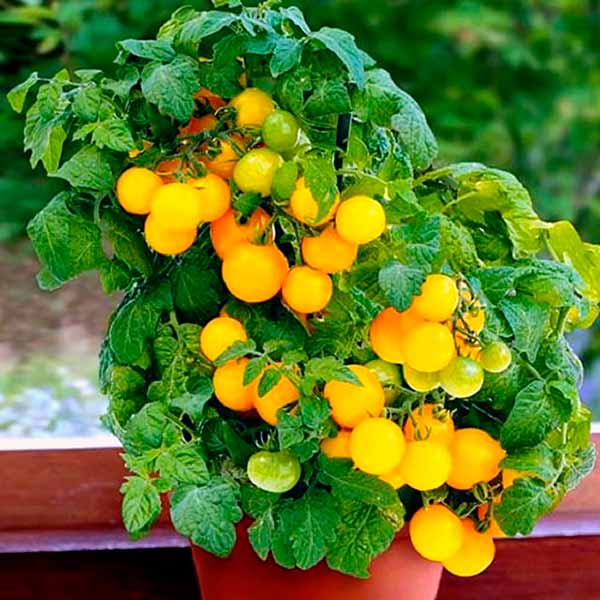

The cascade variety Tumbler is preferably grown in hanging flowerpots or balcony boxes. Yields up to 2 kg of red, very tasty fruits. Demanding on lighting.
These were the best varieties of dwarf and ampel tomatoes for home growing. From them you can collect your seeds for the next stage of cultivation.
There are even more hybrids - Citizen F1, Cherry Fingers F1, Red Abundance F1, Slastena F1, Arctic Cherry F1 and others. Their seeds for the next year do not retain their original qualities. But pinching allows you to save the variety. At the end of fruiting, you need to take the healthiest, non-fruiting stepson, root it in water and grow it like a full-fledged new bush.
Grassing tomatoes
Starting from a young age, tomato plants form lateral shoots in the leaf axils - stepchildren. Removal of lateral shoots in tomatoes is carried out so that nutrients are not spent on excessive shoots and on the growth of fruits doomed to non-ripening. True, most of the early ripening varieties can be grown without pinching. Mid-season and late-ripening varieties, this operation is simply necessary. First of all, the processes are removed from the axils of the leaves located below the first brush. These shoots generally lag behind in development from the main ones, they will not have time to give the harvest, and the juices will be taken away.
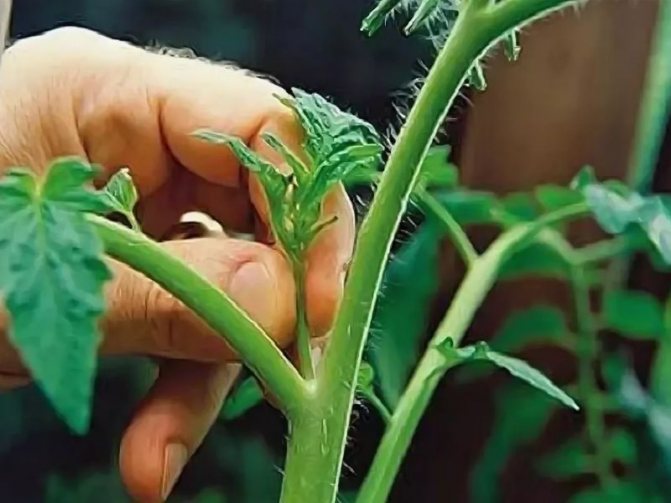

After the first brush, the shoots are left so that the bush, depending on the variety, grows in 2-4 trunks; the rest of the stepsons from top to bottom are systematically removed at least once every two weeks. You should not cut off the shoots at the base - after a few days they will grow back. When removing the stepson, a 1-2 cm "stump" is left.
Stepchildren should be removed when they have grown no higher than 3-5 cm, preventing them from overgrowing. If you pinch large stepsons, then a wound remains on the stem and the plant experiences stress. When the fruits begin to pour on the first inflorescence of tomatoes, all the lower leaves, especially those that touch the soil, must be removed. By the time the fruits ripen, not a single leaf should remain on the first inflorescence below the stem. It is advisable to remove the leaves and stepsons in sunny weather in the morning, so that the wounds have time to heal.
The process of forming tomatoes in the open field directly depends on the tallness of the bushes. For low-growing tomatoes, the usual removal of the lower leaves is sufficient. The measure allows you to make the plantings less thickened and improve the natural circulation of air flows, preventing the development of fungal and viral diseases. Remove the lower leaves of the tomatoes to the nearest fruit cluster. The removal procedure is carried out every 10-14 days, while 1-3 leaves are removed from the bushes at once.
Kumato Tomatoes
If you are asked to imagine a tomato, then you will draw in your imagination a red round vegetable, and you will be very doubtful if you are shown something else. In fact, at the moment, a new species has been bred - the black kumato tomatoes.
Kumato tomatoes, which are grown in many European countries, Turkey and Australia, are obtained by crossing, according to some sources of information without the use of genetic engineering, and according to others, they are genetically modified. But the home of this vegetable crop is the Galapagos Islands.
Kumato tomato - description
Dark brown, almost black, very dense rind, unusual flesh structure and a sweeter rich taste distinguish kumato tomatoes from all varieties of ordinary red tomatoes.
Kumatos can be of different sizes from large ones weighing 120 grams to small ones like cherry, weighing 80 grams. They can be round, oval and plum-shaped. They are stored longer than ordinary tomatoes.
Black kumato tomatoes have more dry matter and fructose, vitamins (in particular vitamin C) and antioxidants (namely anthocyanins).
Kumato tomato: beneficial properties
Thanks to anthocyanins, which give black color to kumato tomatoes, they protect our body from cancer, diseases of the cardiovascular system, improve visual acuity, strengthen blood vessels, fight edema, that is, prolong youth and contribute to the formation of immunity. In addition to the qualities already listed, kumato tomatoes are aphrodiasis that stimulate sexual desire and activity.
They can be used in different ways: to season soups, cut into salads, used in the manufacture of ketchup and tomato juice. But
they cannot be canned and salted, as we are used to, as they become limp (except for cherry kumato). The taste of kumato tomatoes is more refined than ordinary tomatoes.
Black tomatoes with green stripes are sometimes on sale. This is not a special kind of kumato, but just an unripe tomato fruit. They can be safely grown in our climate, only the most important thing will be to find their seeds for planting. At the moment, this is problematic, since they are extremely rare in gardening stores. The way out in this situation would be to isolate seeds from purchased fresh fruits or buy them in European countries. The very process of growing exotic black kumato tomatoes is no different from growing the usual red ones.
Due to their health benefits and improved flavor, black tomatoes are becoming more and more popular.
Growing a tomato
For the fourth year now, my husband and I have been growing tall tomatoes in the greenhouse, and we are not going to stop, as we really like it. The process has already been established - 2 wood-burning stoves, an irrigation barrel with a drip irrigation system, large windows for ventilation are installed in the greenhouse.
The first thing we do is sow tomato seeds for seedlings in late February - early March. In this crop were taken such varieties of tall tomatoes: Malika F1, Bravo F1, Drive F1.
Tomato seedlings from sowing to planting in the greenhouse grows for 50-60 days. Our greenhouse has been heated every year since February, so we grow tomato seedlings right there, but we sow tomatoes not into the ground, but into wooden boxes filled with soil from sawdust and sand. Yes, and the climate allows, we live in Ukraine, but our advice on growing tomatoes is applicable to other regions.
When there was no stove in the greenhouse, the seedlings were sown in boxes right in the house, they grew warm until it was time to plant. I think this process can be organized in an apartment - if you do not plan to plant a lot of tomatoes, then you will definitely find a couple of boxes with seedlings where to place them.
For those who do not want to do a full cycle at all, but plan to buy a ready-made one and plant in the ground, we recommend that you immediately go down below the section on planting seedlings - growing a tomato in a greenhouse.
Soil preparation for seeds
We mix the soil in the following proportions: 3 buckets of sawdust (tyrsa), 1 bucket of sand, 4 tbsp. nitroammophos. All this must be mixed well and added to extinguish the acidity of about 300g. chalk or lime.
Tomato seed preparation
Sowing is slightly different depending on whether the seed has been processed by the producer. If the seeds are treated (most often with some kind of dressing agent), then they are by no means soaked, but sown dry.
Untreated seeds, which we ourselves collected from last year's harvest, are soaked for a day in a solution before planting: 1 g. baking soda for 1 glass of water at room temperature 18-20 ° C. Then we spread the seeds on cheesecloth and dry until they flow well.
Watering tomatoes
To obtain a high yield and beautiful hearths, it is necessary to irrigate the crop on time and correctly. This is the only way you can get juicy tomatoes. Observe regular irrigation. If a dry crust or bay periodically appears on the surface of the soil, this will lead to the formation of top rot, which will negatively affect the yield.
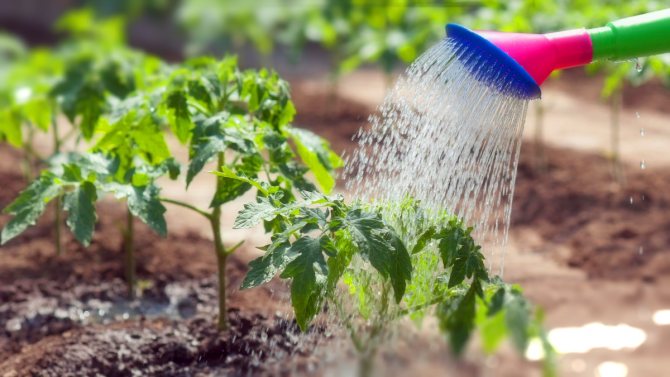

Each bush will require 2.5 liters of water per day. But not every gardener is able to carry out daily watering. Irrigation can be done 2-3 times a week, but consistently. Then watering should be abundant so that the water can soak even the deepest layers of the soil. After irrigation, it is worth loosening the soil. If this is not done, then a salt crust forms on the surface. It does not allow the root system to breathe fully.
Loosening and weeding of bushes is carried out simultaneously with watering. With the drip irrigation method, this procedure is carried out more often, since there is no control over the state of the soil. Loosening increases the flow of oxygen to the roots of the plant.
In the case of early sowing, seedlings need to be supplemented
Tomatoes are light-loving plants, they definitely need a lot of light for normal development. Therefore, firstly, it is very important to determine the amount of seedlings that you can place on windowsills or special devices. All plants should be well supplied with light during growing.
Secondly, with early sowing, seedlings need to be illuminated. For this, you can use special phytolamps. But these lamps are quite expensive, many gardeners use ordinary fluorescent lamps instead.
For the full development of tomato seedlings, daylight hours are needed at least 11-13 hours a day. With early sowing, seedlings are usually supplemented by light for 2-3 hours in the morning and evening, as soon as the majority of seedlings appear. If for some reason you are late with sowing, try to create a daylight hours for the seedlings about 16 hours a day, then its growth will be more intense.
In addition to lamps, foil screens placed directly in front of the seedlings can be used to improve the lighting of the seedlings.
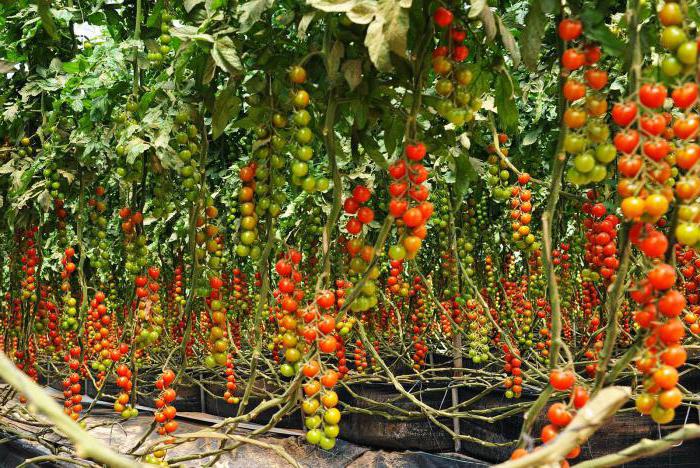

Top dressing of tomatoes
Delicious tomatoes in large quantities cannot be grown without fertilization. Agrarians actively use organic fertilizing and minerals. Organic matter, represented by manure or compost, is saturated with nitrogen. It can only be used to build up the green mass of tomatoes until flowering.
Tomatoes are fed based on their growing season. We have already said that in the early stages of development, plants need nitrogen fertilizers. If you have properly prepared the seedling soil and the soil on the ridges, then additional nitrogen fertilization may be minimal. For example, a single watering with a solution of chicken manure, fermented infusion of grass, well diluted with slurry.
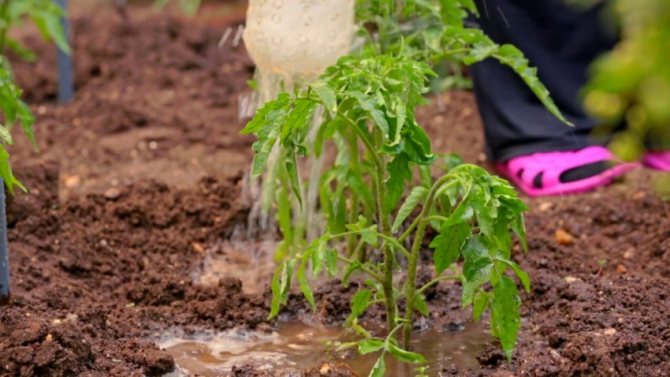

If your plants grow too fast, have strong stems and large, succulent, dark green leaves, they are most likely "fattening" from excess nitrogen. The situation can be corrected by temporarily stopping watering the plants, increasing the temperature of the content and applying phosphorus fertilizers (for 10 liters of water, 3 tablespoons of superphosphate).
Before flowering, the plant needs increased doses of phosphorus fertilizers, which are applied to the soil in advance.If, when preparing the ridges, you neglected the introduction of phosphorus, then you can do this already during the flowering period in the form of foliar feeding.
In the midst of flowering, top dressing with ash is appropriate (1-2 glasses of ash per bucket of water, leave for a day, spray on color and leaves in the evening). This procedure, among other things, contributes to the prevention of tomato diseases.
Seed and soil preparation
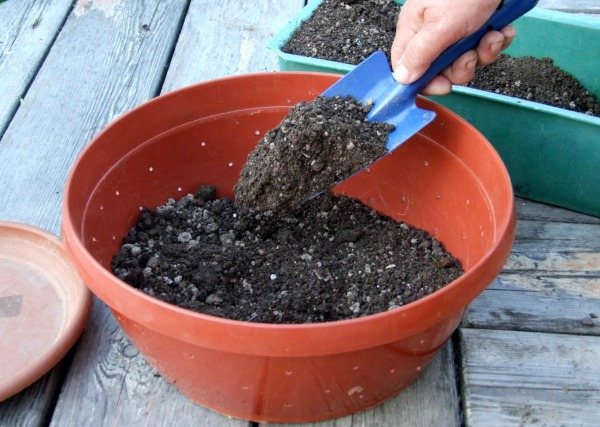

The seedling soil should be nutritious, loose, and disinfected.
- You can buy all-purpose seedling soil from a garden center and steam it in an oven or microwave.
- Some summer residents simply spill the soil with boiling water or a solution of potassium permanganate.
The seeds must first be sorted:
- To do this, use a saline solution prepared from 1 glass of water and 1 teaspoon of salt.
- The seeds placed in it are left for 20 minutes.
- After a specified time, all damaged, weak and empty seeds will float to the surface, and high-quality material will settle to the bottom.
- After that, the good seeds are washed, soaked for 30 minutes in a 1% solution of potassium permanganate or in hydrogen peroxide.
- Then they are left overnight in the water, and in the morning they start planting.
Garter tomatoes
Whatever the height of the variety, gardeners recommend always tying a bush when growing in open ground. This is useful for several reasons:
- the stem receives support, thanks to which it does not break when fruiting begins;
- the vertical position allows access to the sun's rays;
- precipitation will not damage the culture;
- the bush is easier to spray and carry out other care procedures;
- watering is simplified; the risk of fruit damage by rodents and slugs is reduced.
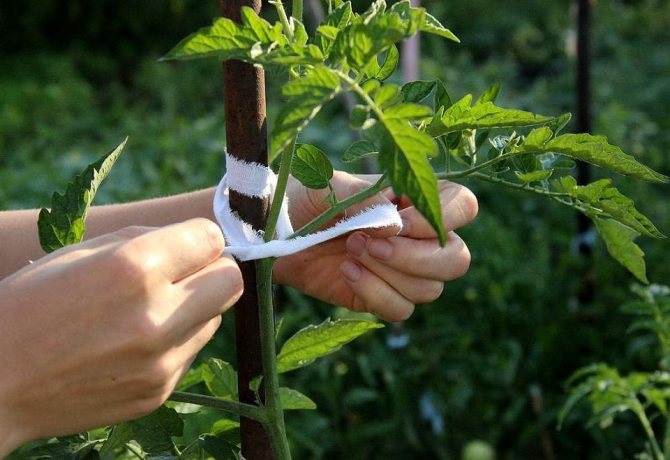

The support is substituted 2-3 weeks after transplanting. During the season, the stems are strengthened at least 3 times. For a garter, take a string or fabric cut into strips. Natural materials are not used, as they can rot under the influence of moisture and the sun, and also become a colony for fungal infections and mold.
Transplanting
It is better to plant seedlings on a cloudy day, after having watered abundantly, during the night the plant will get stronger and better tolerate too hot the sun. Dig holes on the bayonet of a shovel, put fertilizer in the form of compost or wood ash and water well. Carefully remove the sprout and insert into the groove. Press firmly and sprinkle with water.
Garlic can be planted next to tomatoes, this will help protect against pests and phytophthora, you can also plant carrots, onions, sage and mint. But all kinds of cabbage, dill, potatoes - they don't like tomatoes.
Protecting tomatoes from disease
Growing tomatoes and caring for them in the open field is complicated by the fact that the plants are not protected from the vagaries of the weather. With the onset of low temperatures and high air humidity, it is worthwhile to be wary of contamination of tomatoes with various fungal and viral diseases. They can damage plants and fruits, reducing crop yields or completely destroying them.
The most common fungal disease outdoors is late blight. Its fungi are carried by wind and water droplets. Getting on the tomato wounds, the fungus causes blackening and drying of leaves, trunks, the appearance of black, dense spots on the surface of the fruit. You can fight late blight and other diseases with the help of preventive measures. For example, spraying the bushes with a solution of whey every 10 days will reliably protect tomatoes from fungus and will not damage the quality of ripening tomatoes. Among chemical preparations, Fitosporin and Famoksadon are highly effective against the phytophthora fungus.
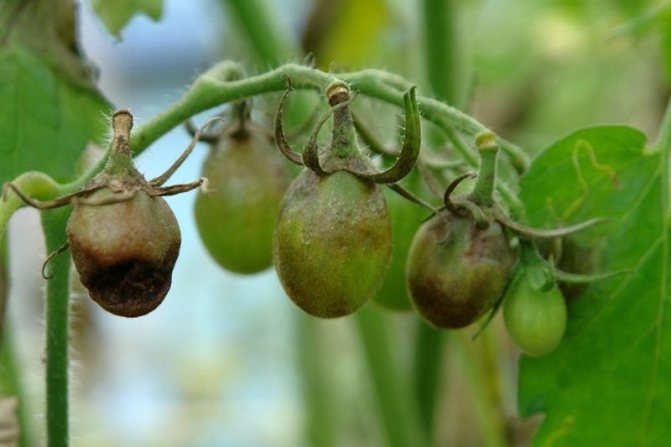

In addition to phytophthora, other diseases can develop in open areas of the soil, the main prevention of which is compliance with the rules for forming a bush, watering and feeding.When tomatoes are infected with various diseases, it is necessary to take measures to treat them, if necessary, remove the plants from the ridges. In the new year, before planting other crops in this place, it will be necessary to disinfect the soil by heating it over an open fire or sprinkling with boiling water, manganese solution.
Diseases
Among the most common diseases that can ruin an entire crop:
- Late blight. Occurs at high relative humidity and cool temperatures. The fungus multiplies intensively, affecting leaves and fruits. They become stained and the tomatoes start to rot. You can spray the planting with Bordeaux liquid. Better with Fitosporin or Gamarin. Severely affected bushes are removed.
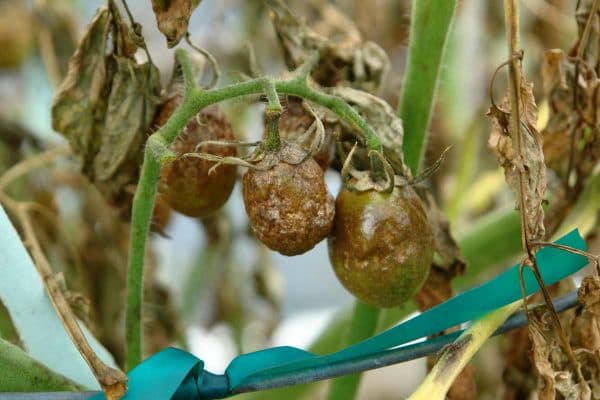

Manifestation of late blight of tomato
Before treating plants with pesticides, all leaves affected by the disease must be cut off from the bush and burned.
- Black bacterial spot. Appears after prolonged rains and heat. Dark spots form on the leaves.
- Cladosporium. An olive-colored bloom appears on the leaves. The bush begins to wither. The reason is high humidity and high air temperature.
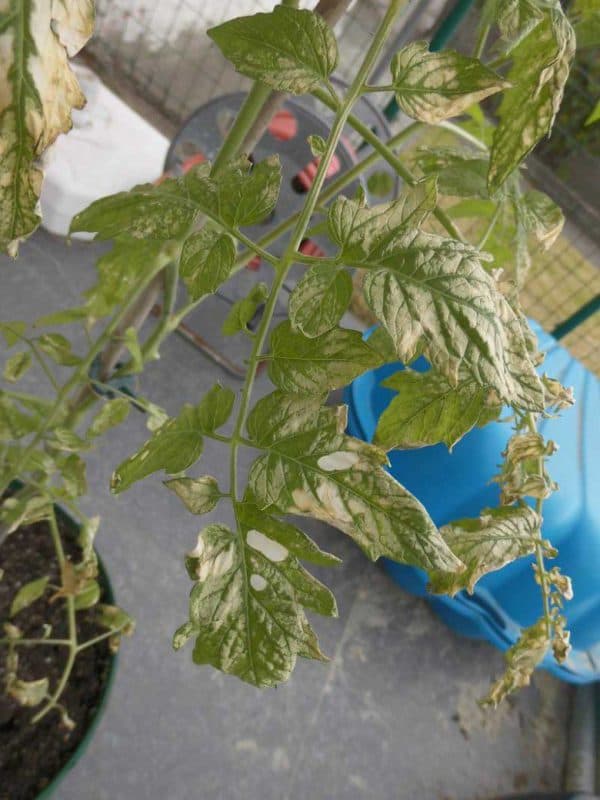

Cladosporium disease of tomato leaves
Harvesting tomatoes
In early August, it is necessary to remove all flowers and newly formed ovaries from bushes in open ground, and especially in late-ripening varieties, since they still do not have time to ripen. In the greenhouse, this is done 1-2 weeks later. To stop growth, the tops of indeterminate plants must be pinched, while nutrients will rush to ripen the fruits.
It is best to remove brown (starting to blush) fruits, which remain 4-6 days before ripening. If such fruits are regularly removed, then the total yield will increase significantly, since the remaining fruits will receive more nutrition and develop faster. On the contrary, with overripe fruits, the total yield decreases.
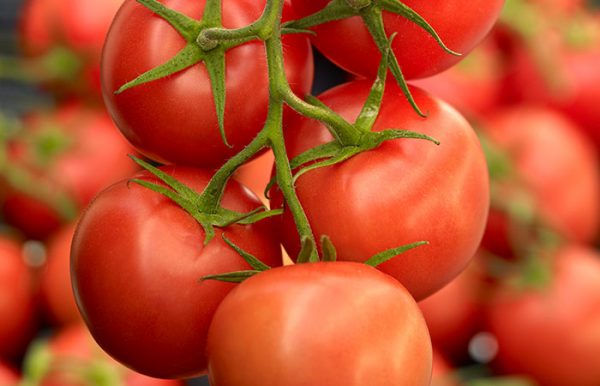

Harvesting and storage In July, August, September, ripe fruits are harvested for fresh consumption and canning. After night temperatures drop, green tomatoes can be harvested, stored at temperatures up to 18 ° C for ripening. Brown fruits, on which light falls, reach ripeness faster.
Put tomatoes for ripening in flat boxes in one or two layers. The stalks are removed, but so as not to damage the skin and pulp. Add a few red ones to green and brown tomatoes to speed up ripening. It is better to store ripe fruits in a cool dry place, but not in the refrigerator.
LiveJournal

